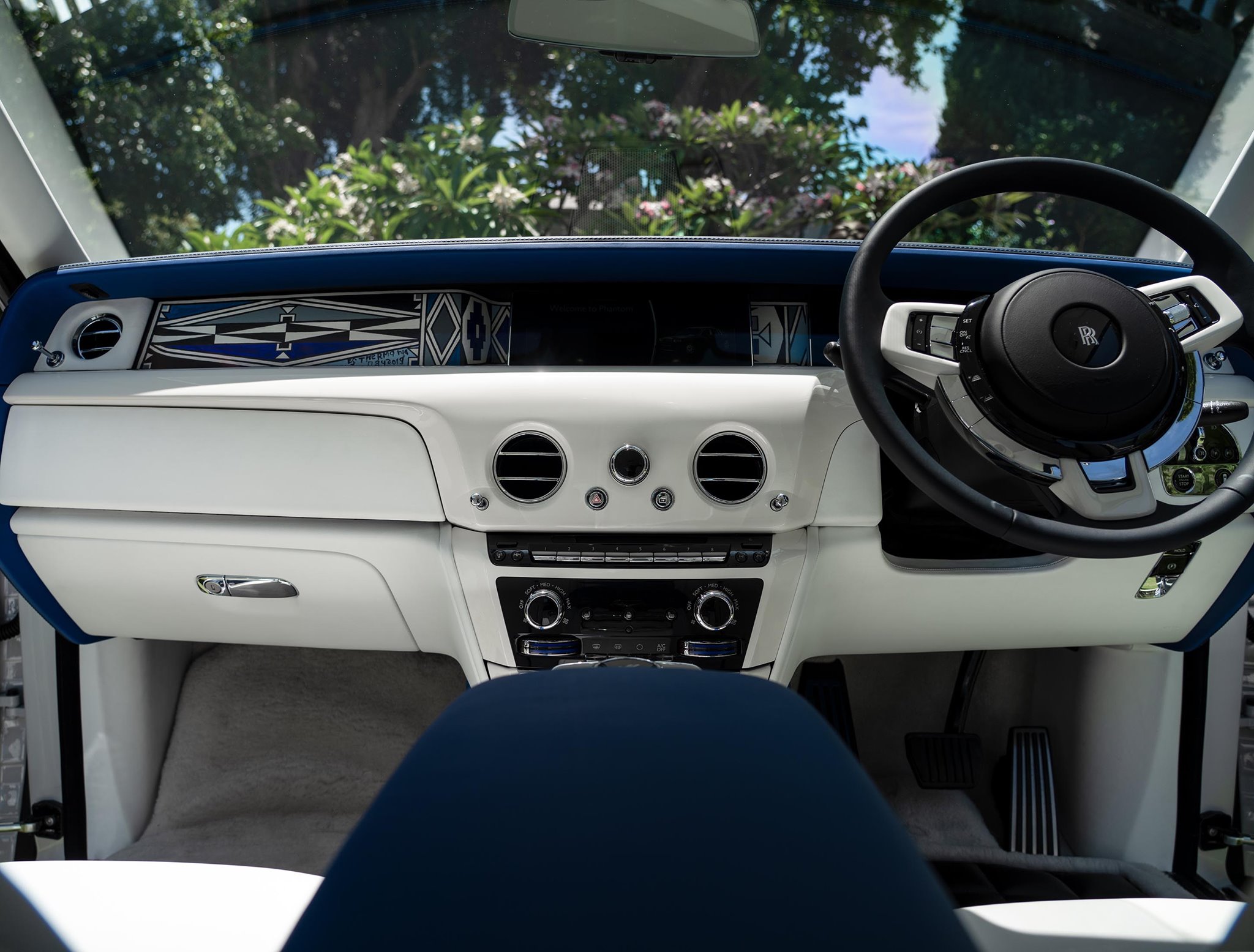media update’s Nakedi Phala provides insightful ideas that will help marketers tap into South African audiences — with the helpful lens of culture, language, traditions and trends.
South Africa consists of various languages, with 11 being officially recognised and others deemed unofficial. This broadens a marketer’s target, allowing them to cast a wider net or even have more options to consider when creating their strategies.
Social media has also made it easy for marketers to spot trends currently happening in the country, which allows them to create marketing content without having to conduct traditional research.
Previously, this would have cost them huge amounts of money — but that’s the power of social media; it allows you to walk in the virtual streets of your target audience, coming across their likes, dislikes and everyday topics and trends.
You ready
ne? Zwakala … We’ve got some great points for you to consider in your next marketing strategy.
Here are four tips to help you be inja ye game in marketing for the mzansi audience:
1. Tap into SA culture
In South Africa, you need to keep your ear on the ground about the different cultures — their practices, values and beliefs. You need to be willing to learn about them and research them — this will make it easier for you to create content for your marketing campaigns.
For example, if you’re looking to launch a limited edition product, but stuck on the design and branding, you may consider the iconic Ndebele art, which is rooted deep in Ndebele culture.

These patterns are unique and have added value to a number of brands, such as BMW, Rolls Royce, Tastic rice and Albany.
By using patterns that derived from a certain culture in South Africa, your brand will be helping to preserve the country’s rich heritage via commercial reach. This can lead to other countries growing a keen interest in the country’s products and services.
2. Explore Loxion culture
Ekasi has built its own economic hub, which sees residents and entrepreneurs enjoying the fruits of this economy. As a brand that’s looking to place itself among audiences that have various traditions, ideals and beliefs, you need to understand Kasi culture first.
BMW, for instance, has grounded its offerings with heritage; an example of this is its classic model, the 3 series (325is Gusheshe) 1990 model. As most would say, it's ‘born in Germany and raised Ekasi’. This particular sport model was built exclusively for the South African market and, to date, it’s still a legend.
It is widely known to South Africans as Gusheshe, a name that evokes nostalgia emerging from e-Loxion (Ekasi) — even Google knows this is a BMW 325IS dubbed by the people who enjoy the brand.
There are other brands, such as Toyota, that have found clever ways to align themselves with SA culture. Toyota’s minibus taxi range — the Toyota Siyaya — has a Siya model that is used mostly for transporting commuters between eKasi and the Urban.
Kasi audiences are very creative and, as seen with previous brands, if your brand is top class in SA, these individuals will give your brand a nickname that can make it legendary.
Bonus tip: Be Streetwise like KFC and see how they managed to place one of their meal range Kasi style!
3. Learn how to speak Tsotsitaal
Trends come and go, but Tsotsitaal will last forever. It’s a mixture of various South African languages that the country’s people have come to know and love. For example, the phrase,
‘Vandang re daar!’ means ’today we’ll be there!’ This is a mixture of Afrikaans and Sotho. It doesn’t get more
mzansi than that!
The use of Tsotsitaal will depend on the message you want your brand to drive and how you want consumers to view your brand. For example, let's say that you want to sell your brand in a way that many South Africans can relate to: you would then use the word ‘Eyoh!’ (the term suggests impression, shock or astonishment). You can use this to add emphasis to your ad or tagline.
Another informal word derived from Afrikaans is
‘Dinges’, which simply means a ‘thing’. This particular term was used by Kia Motors South Africa in a
bakkie ad campaign:
In order to catch the attention of any South African audience, you need to create your message in a way that relates to their way of communicating; sometimes, you need to be less formal to achieve your marketing goals —
Wantswara? (catch my drift?)
4. Conduct marketing segmentation mzansi style
As a marketer in South Africa, you probably know that segmenting audiences doesn't usually work by the book
all the time. There are more ways than one in Mzansi Afrika to market your brand.
The most popular target audience utilised by brands lately is
Ama 2000 (#Ama2000) which, in marketing terms, is known as
Centennials. If you’re looking for a young vibrant audience, then
Ama 2000 is what you need. This audience is carefree, jolly, fearless and can give any brand that spark — you know ...
that thing! [Hlaudi Motsoeneng’s voice].
It’s not difficult to see that South Africa is unique. Like ‘funny man’ Trevor Noah said, “When the world goes in one direction, South Africa takes a shot’left …”.
We are a special nation; therefore, you need to add some creative elements in your marketing that will make even South Africans residing in other countries say: ‘Ja, I’m proud to be South African’.
Awe! Did you know that Afrikaans is officially the youngest language in the world? What are your thoughts on implementing some of SA’s languages in your next campaign? Let us know in the comments sections below.
We see you’ve enjoyed our content right until the end. To get more insightful stories, sign up to our newsletter.
*Image courtesy of
Thembinkosi Sikupela